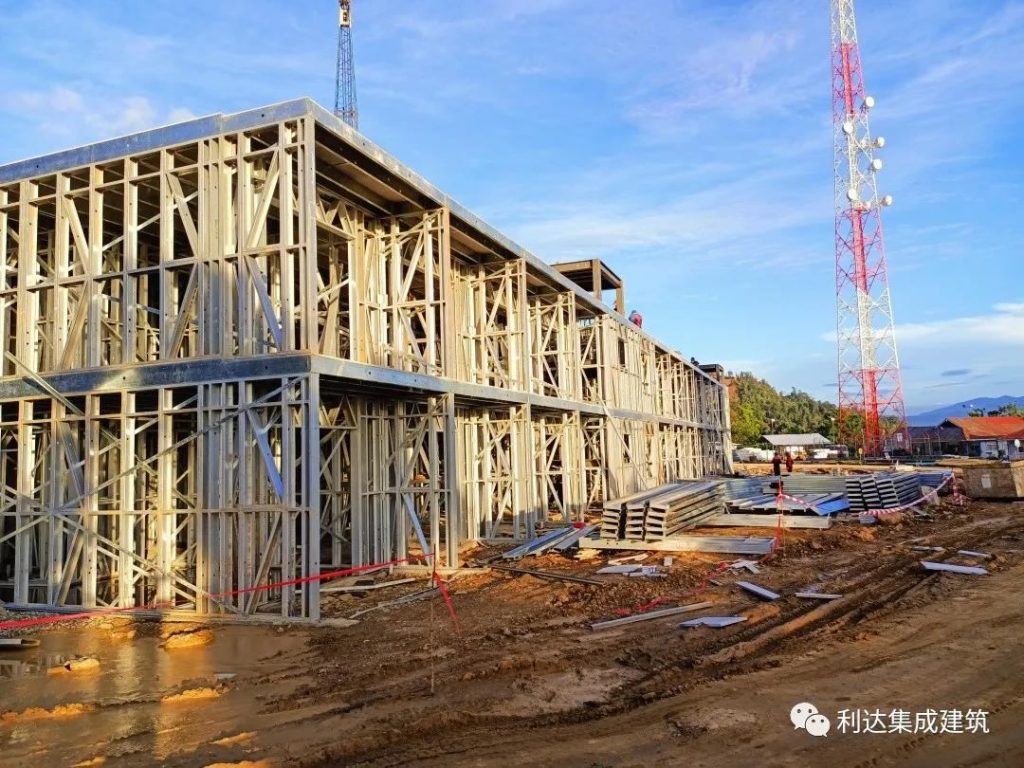The metal warehouses, factories and mills of the Industrial Age have long been iconic symbols of progress, productivity and human ingenuity. Constructed of steel beams and girders,these massive metal structures embody the grit and determination of a bygone era.
However, as manufacturing and industry evolve, many steel buildings face an uncertain future. With changing business needs and obsolete layouts, vast swaths of metal structures now sit abandoned or underutilized.
Yet rather than fade into oblivion, many of these steel giants are now poised for a second act. Across the globe,contractors and developers are repurposing obsolete metal buildings into innovative new spaces for the 21st century economy. From warehouses transformed into loft apartments to factories reinvented as tech campuses, steel structures built to last are finding novel uses adapted to the demands of the modern age.

The trend of “adaptive reuse” of metal buildings offers several benefits. For one, repurposing existing steel frames avoids the high environmental impact and costs associated with demolishing structures and building anew.With proper maintenance and retrofitting, the steel skeleton itself can remain largely intact for centuries.This allows the embodied energy expended in constructing the original building to be preserved rather than wasted.
Reusing steel structures also provides a cost-effective development option,particularly for large-footprint buildings.The substantial steel framing is already in place, significantly reducing construction expenses and timelines compared to ground-up development. Companies like the Lida Group, a specialist in Chinese steel structure houses, are extending this adaptive reuse model down to the scale of residential construction.
From an architectural standpoint, obsolete metal buildings often possess unique features that enhance their appeal for reuse.Soaring ceilings,oversized load-bearing columns and cavernous open floorplans- once necessitated by manufacturing processes – now provide the kinds of wide-open,adaptable spaces coveted by creative companies and occupants.Heavy-duty construction and weather-resistant envelopes also lend an industrial aesthetic now prized in urban living and working spaces.

Innovative retrofit examples abound.An old tire factory in Montreal has been converted into high-end lofts and condos.A massive aircraft hangar in Seattle now hosts a tech campus and event venue. A former mill building in Chicago’s industrial district houses artists’ studios and art galleries. Even small towns are repurposing vacant metal buildings as community centers,libraries and brewpubs.
Of course, adapting existing steel frame structures for a new purpose comes with inherent challenges. Making changes to basic systems like electricity,plumbing,HVAC and fenestration can require significant investment.Modifying floorplans to meet design goals while working around existing columns and beams can also be problematic.But with creative engineering and design, contractors have shown that seemingly inflexible metal structures can be reshaped to meet the needs of the information age.
In conclusion, the adaptive reuse of industrial-era steel buildings represents an opportunity to breathe new life into iconic structures while advancing sustainability and community development goals.With proper vision,retrofitting and reconfiguration, the seemingly immutable metal giants of our industrial past can be transformed into vibrant spaces for innovation,living and experience in the modern age.By leveraging the inherent permanence and versatility of steel, we have a chance to honour history while building boldly for the future.

Related news
-
Skeletal Solutions for a Growing Planet: Using Steel Frames to Combat the Housing Crisis
2023-08-07 17:58:16
-
The Rise of Metal Giants: How Steel Skeletons Are Transforming the Skyline
2023-08-09 15:14:57
-
Fast Assembly, Long-Lasting Durability: The Speed and Staying Power of Steel Buildings
2023-08-07 16:50:49
contact us
- Tel: +86-532-88966982
- Whatsapp: +86-13793209022
- E-mail: sales@lidajituan.com


